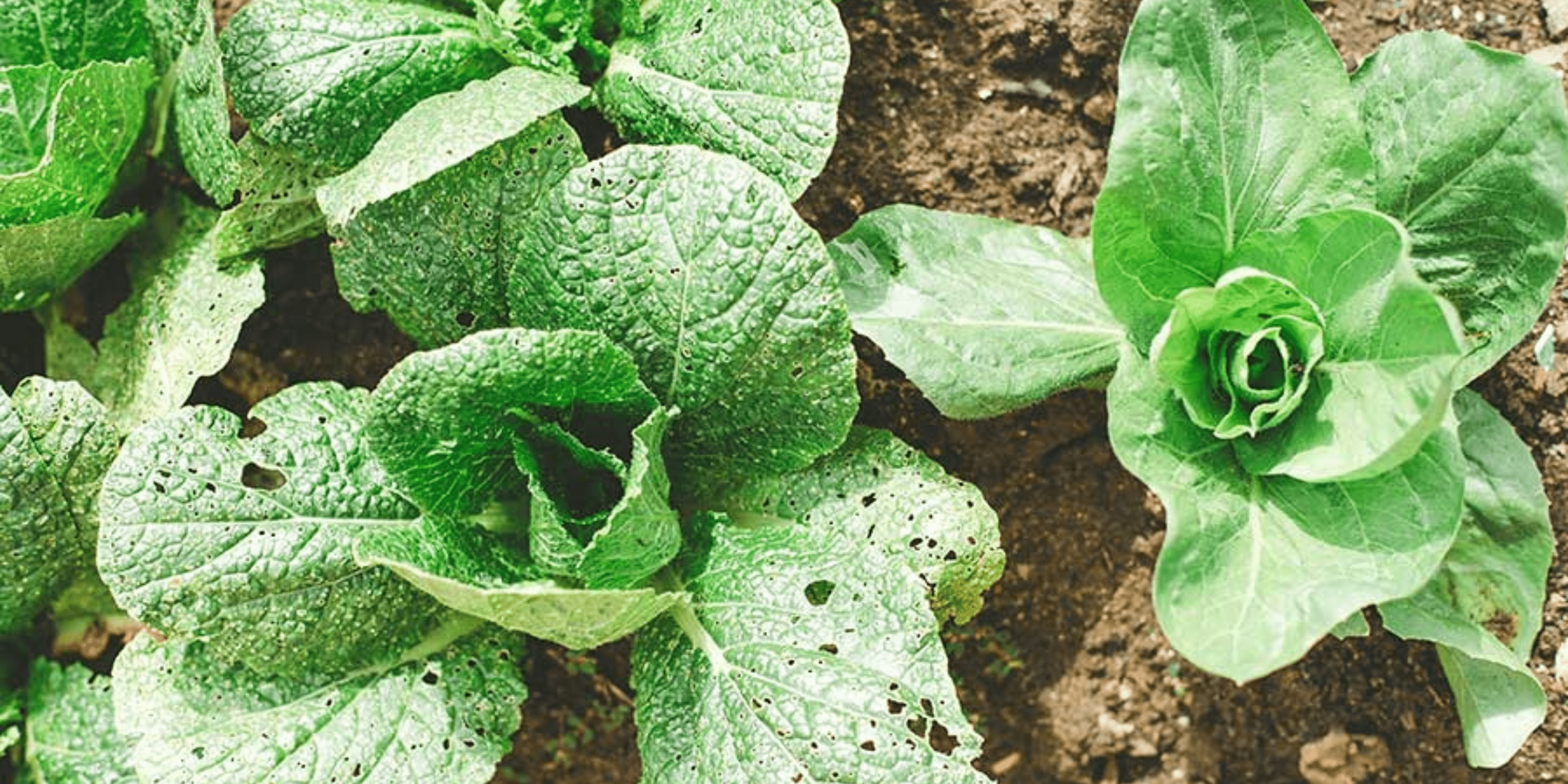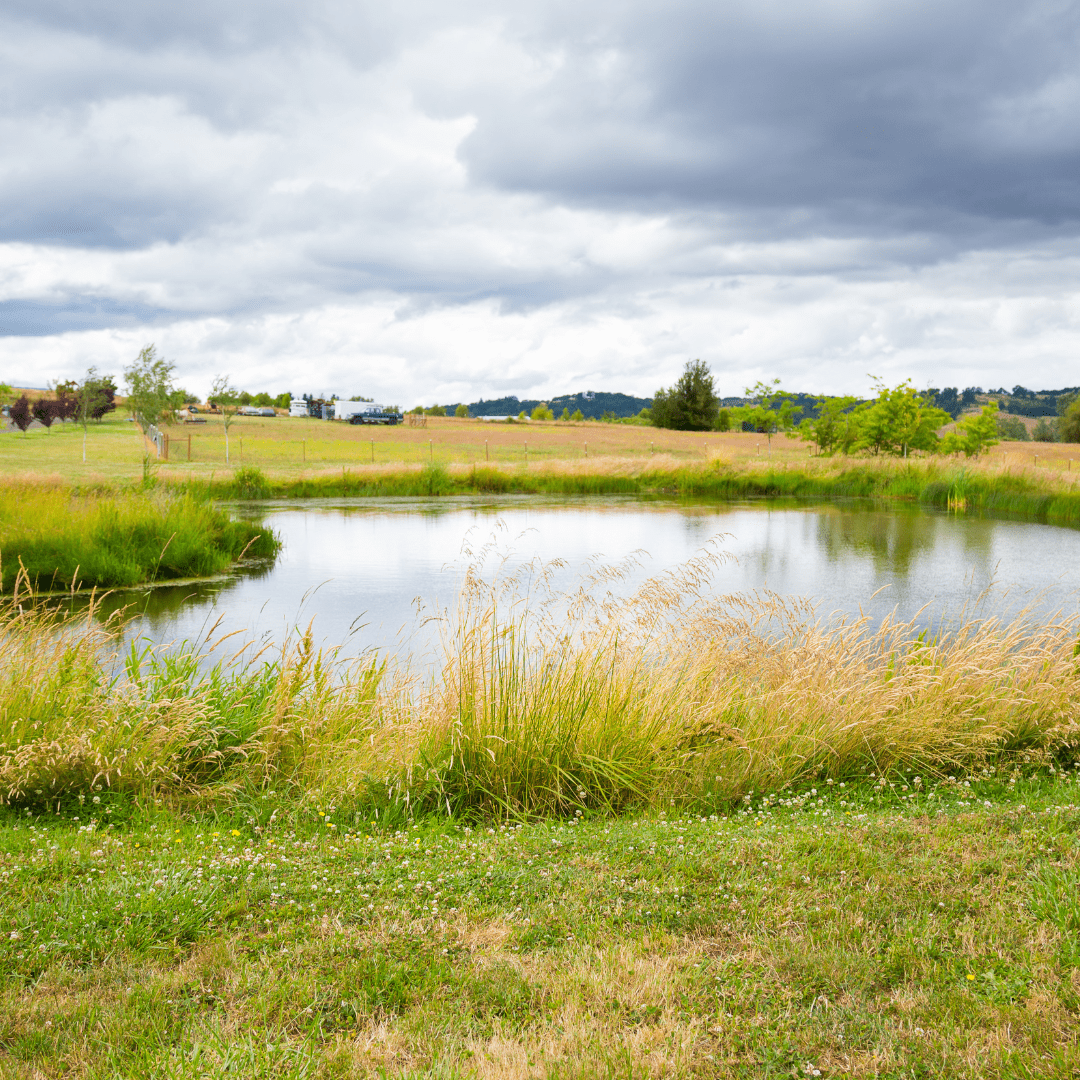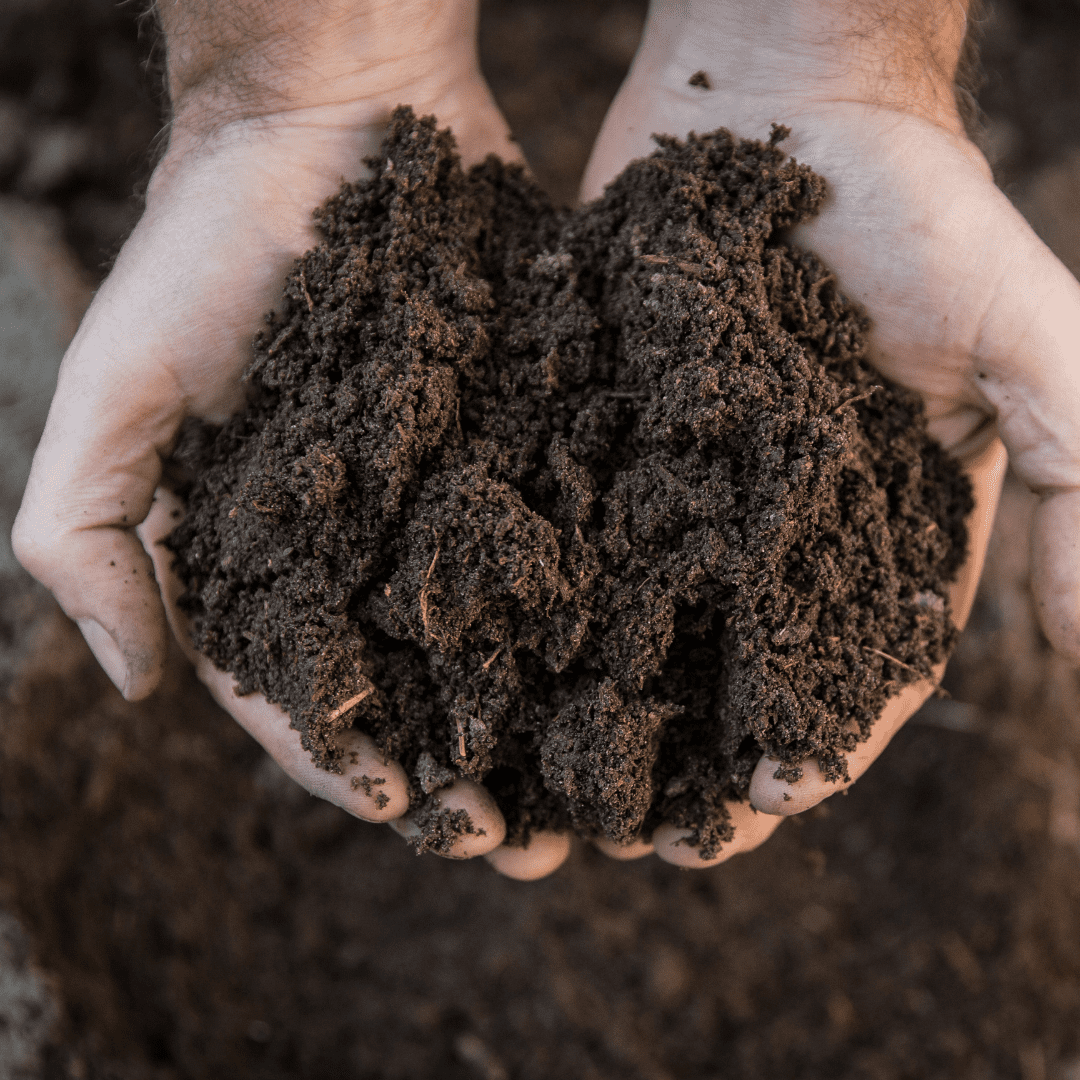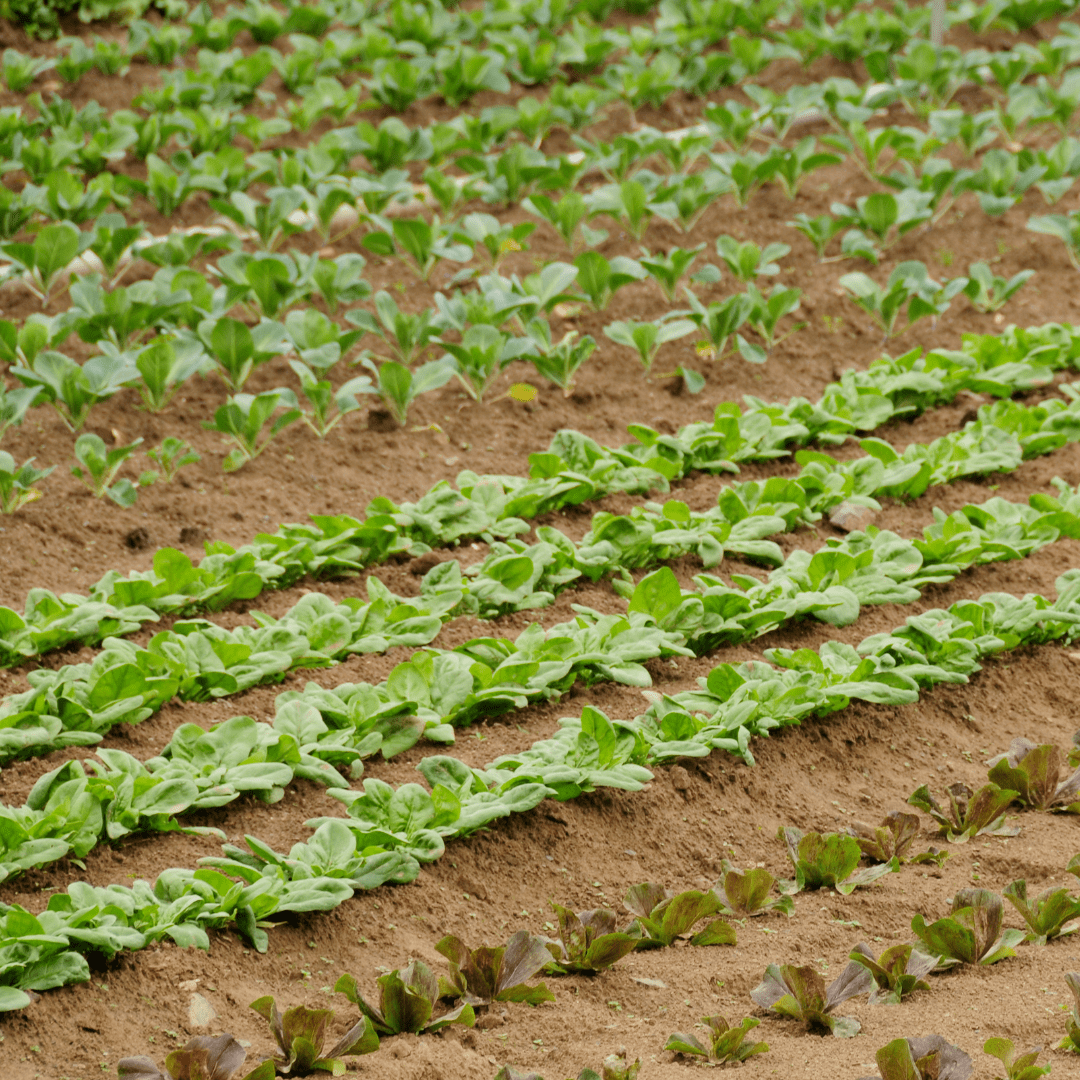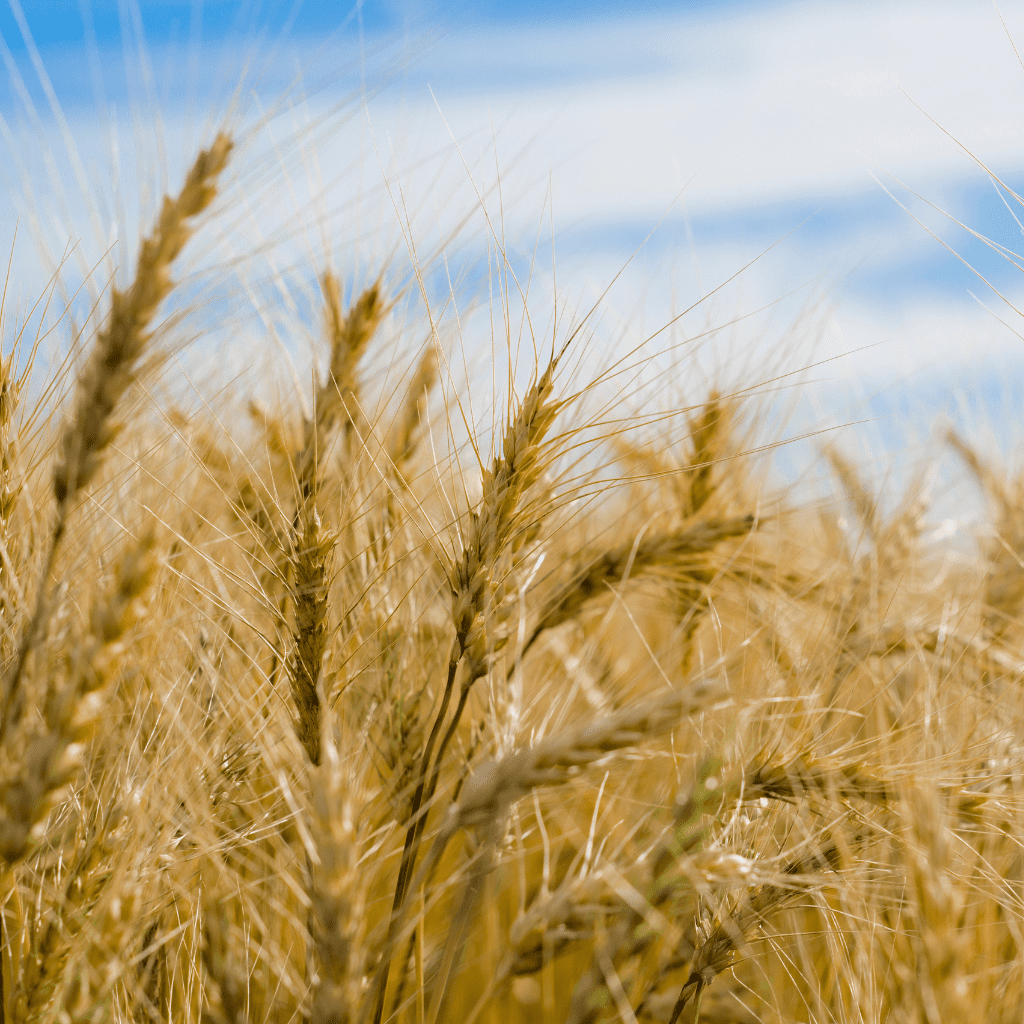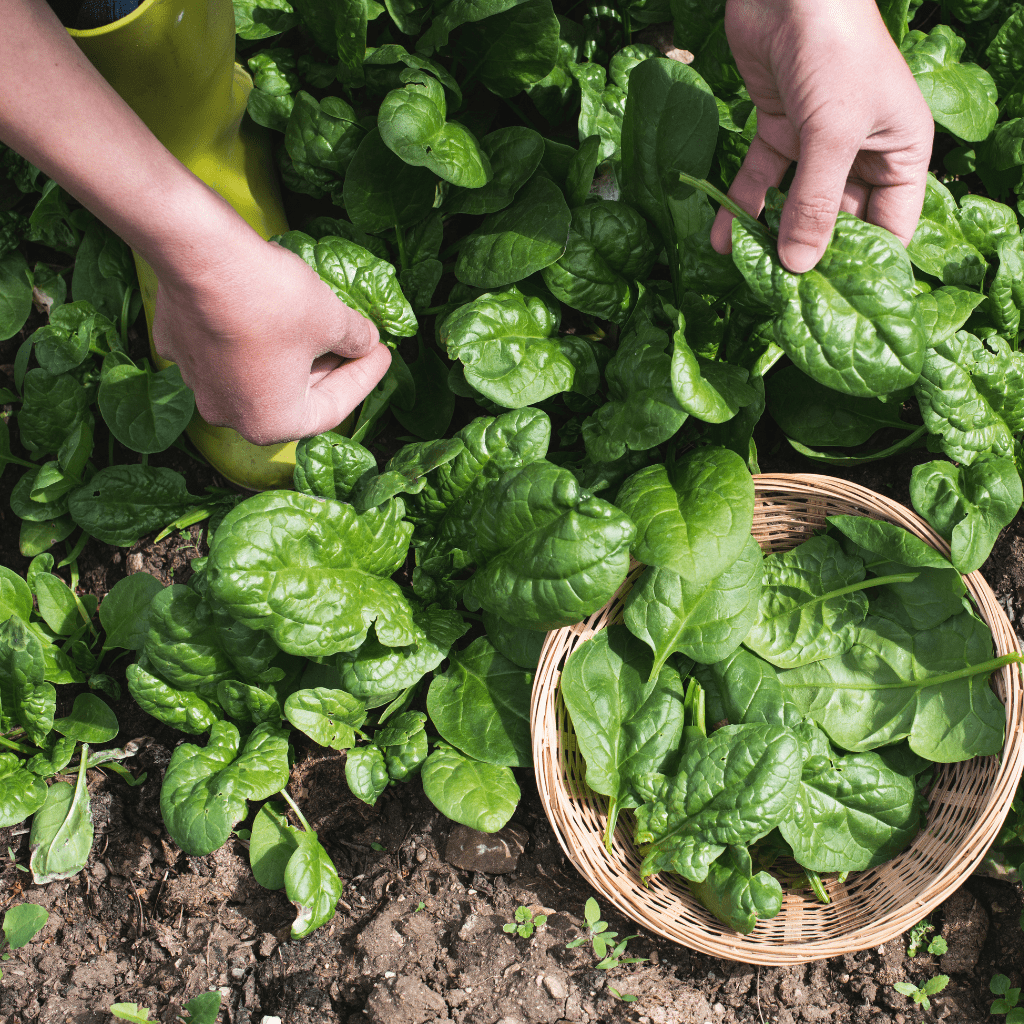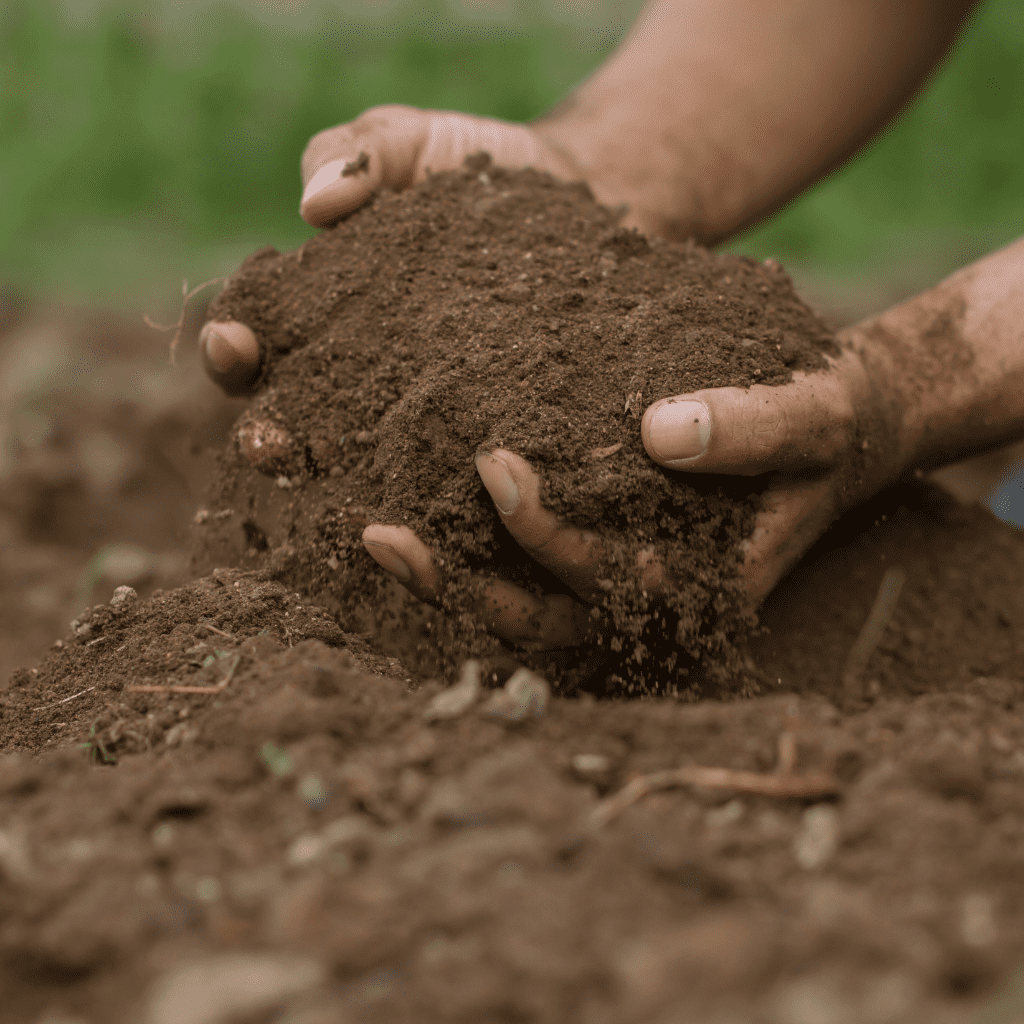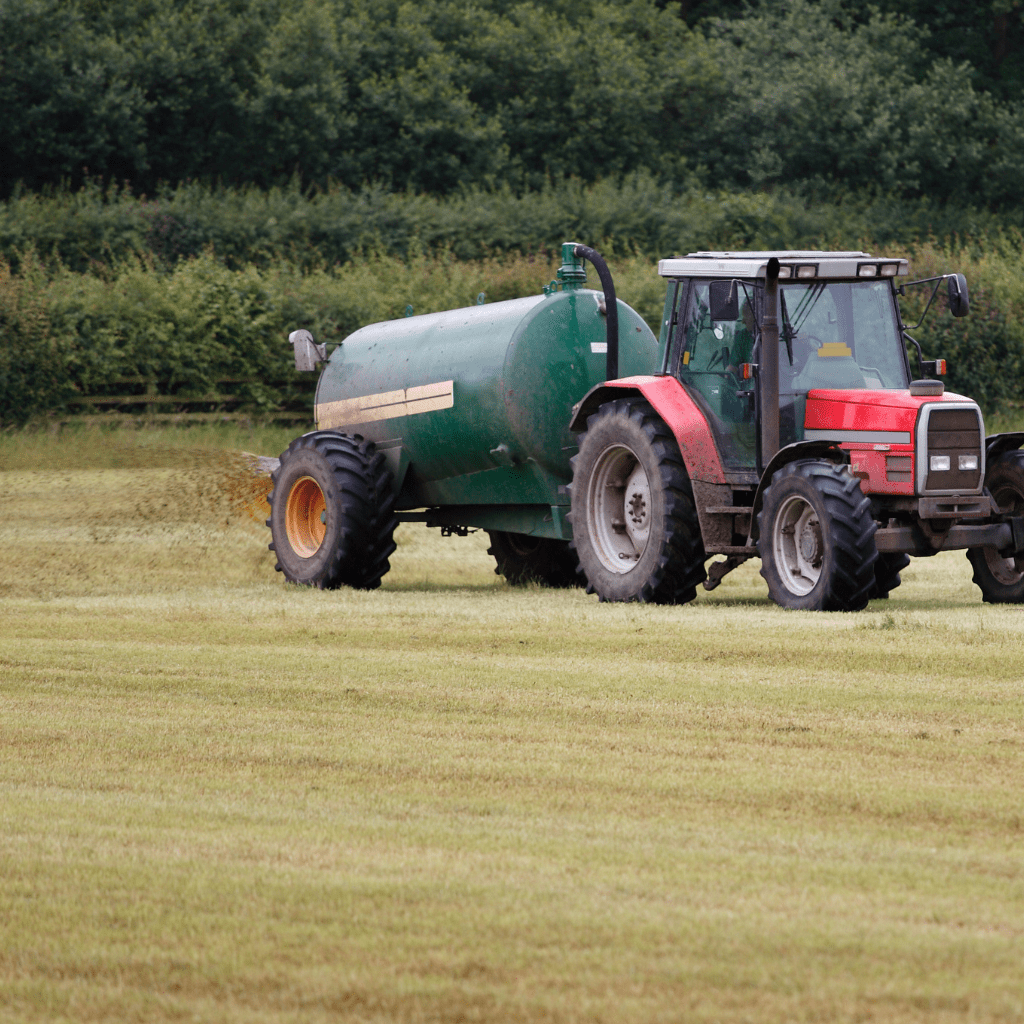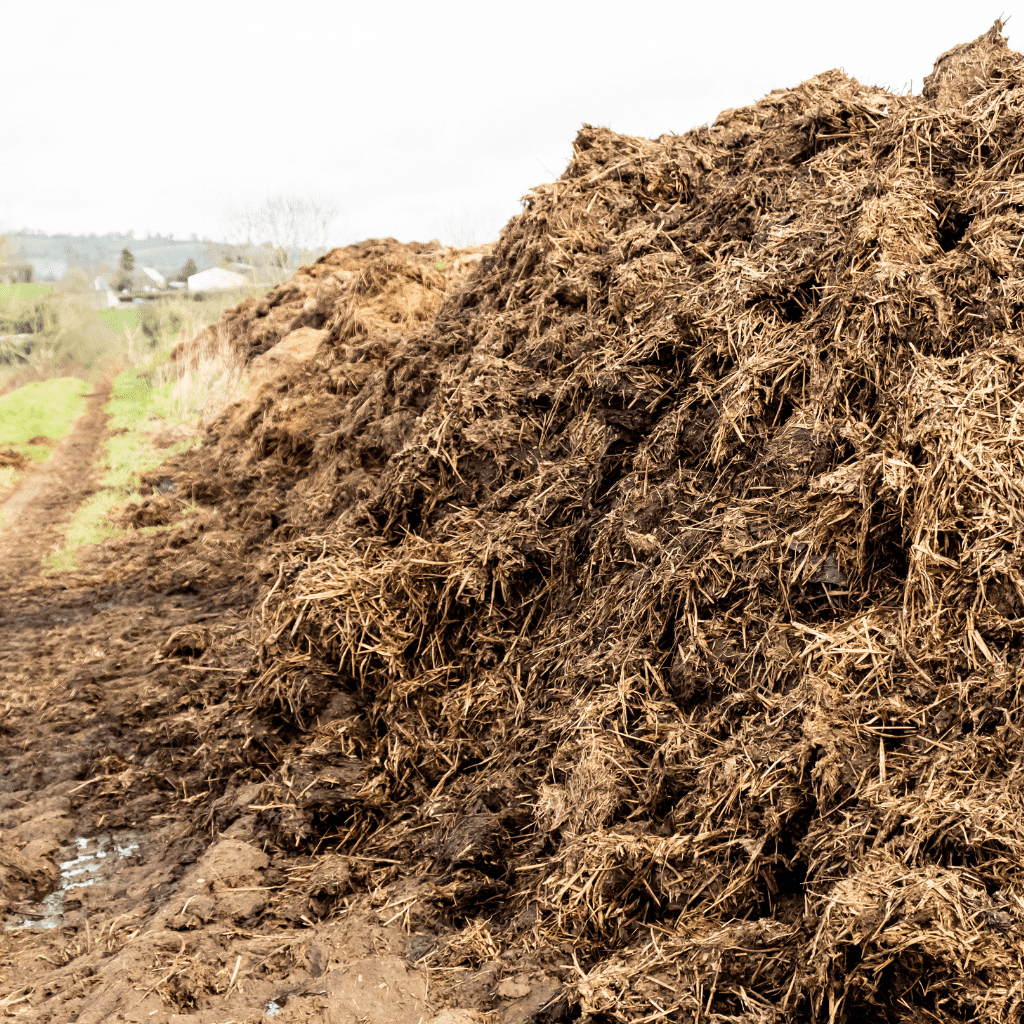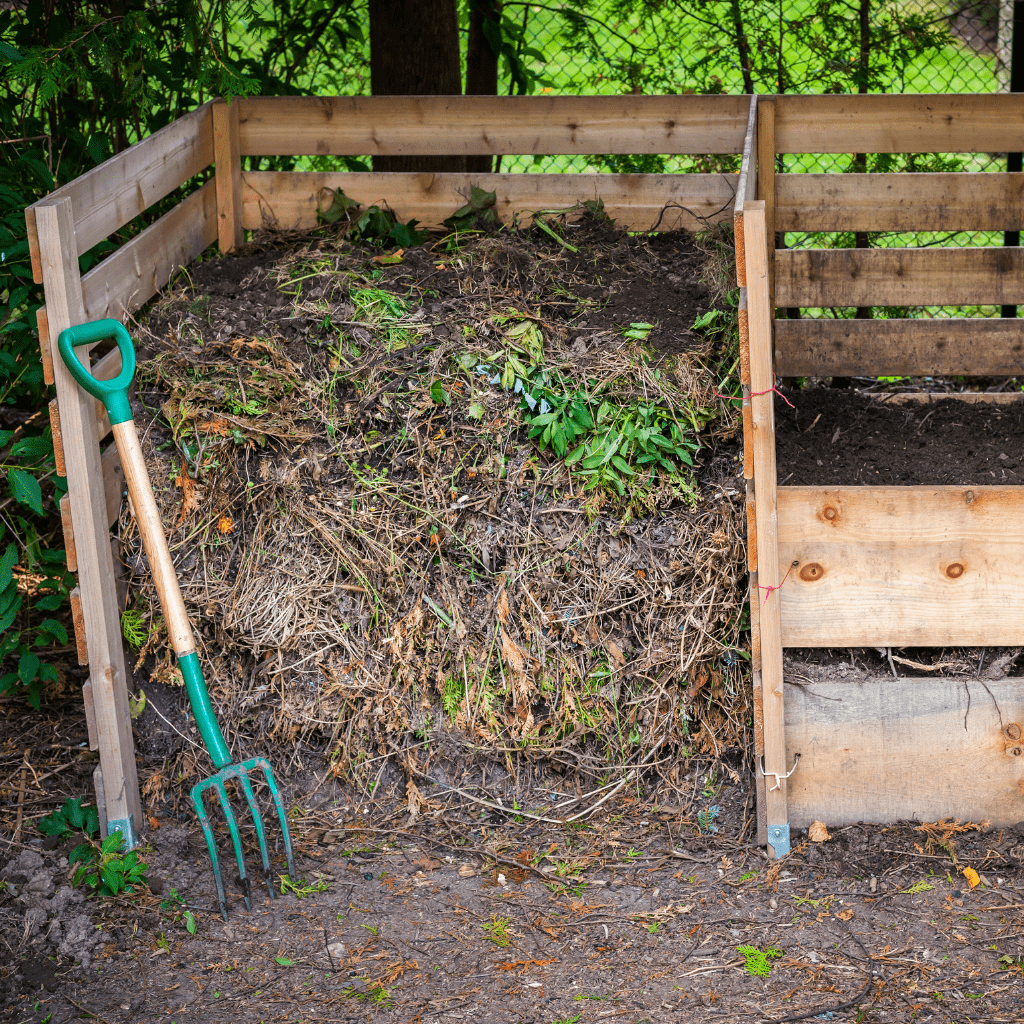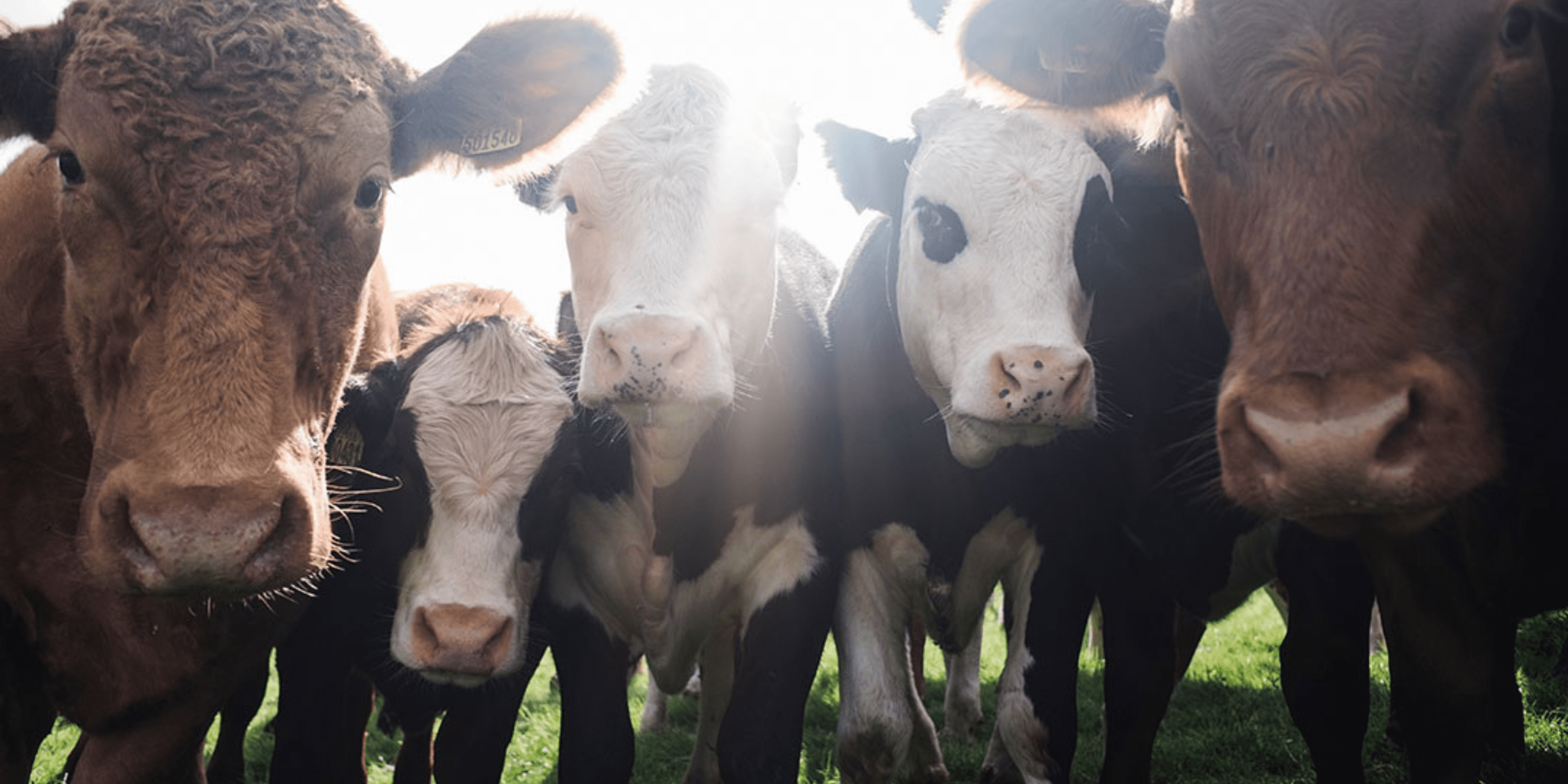microbz for composting
In composting, microorganisms break down organic matter and produce carbon dioxide, water, and heat. The result is a richer soil that improves plant growth and health.
Lactic acid bacteria, yeast, and phototrophic bacteria contained in our cultures have the ability to ferment organic substances and prevent putrefaction. Microbes suppress putrefying bacteria and support fermentation. Therefore compost can be turned less often.
After fermentation the resulting compost is rich in amino acids and polysaccharides.
Microbes prevent the production of ammonia during protein decomposition, metabolising proteins in such a way that amino acids are produced instead. These amino acids are readily available for plant absorption.
Under normal circumstances carbon dioxide is formed and released during the composting process. But composting with microbes does not release as much carbon dioxide or generate as much heat, therefore retaining energy that is usually lost. This makes the compost very effective and more digestible to the soil.

